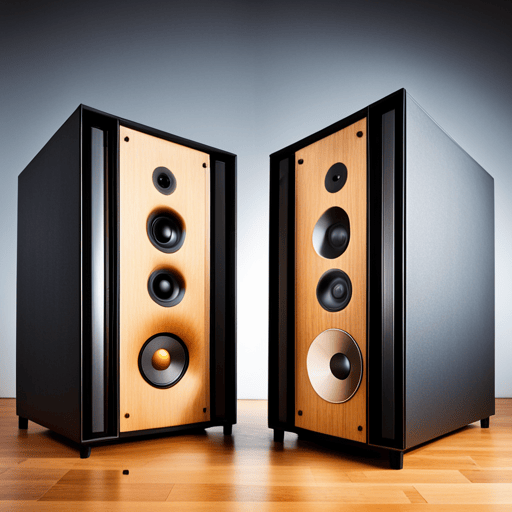Mono vs. Stereo Sound: The Difference Explained (With Audio Examples)

What is the main difference between mono and stereo sound as explained in the article?
In the realm of music and sound engineering, mono and stereo are two terms often used to describe the output of audio. Both terms refer to different methodologies of channeling sound from a source to the listener’s ears. However, if you’re not familiar with these terms, it can be difficult to understand exactly what they mean and how they impact your audio experience. In simple terms, mono uses one channel, while stereo uses two. When we get into more detail, the differences between these two can affect the perception of music or sound in significant ways. Let’s delve deeper into mono and stereo sound to highlight the differences.
Mono Sound
Mono, or monophonic sound, refers to audio systems that have only one channel of output. In this configuration, the same audio is delivered to all speakers or headphones connected to the system. Regardless of the number of speakers, the output remains the same. This system ensures a consistent audio experience, regardless of where you’re positioned in relation to the speakers. Mono sound is commonly used in radio broadcasts, phone calls, and certain types of public address systems. Even though it may seem simplistic, mono sound is indispensable in situations where clear, reliable audio transmission is required.
Audio Example of Mono Sound:
This is an example of mono audio. In this example, the sound remains the same regardless of your positioning.
Your browser does not support the audio element.
Stereo Sound
Stereo, or stereophonic sound, involves an audio system with two separate channels of output. Essentially, this means that two different audio signals are created, each assigned to a left or right channel. Stereo sound offers a more immersive listening experience than mono. It gives the feeling of a three-dimensional audio environment, especially when listening with headphones. This is the standard format used for most music, TV, and films.
Audio Example of Stereo Sound:
This is an example of stereo audio. In this example, you can hear the difference in positioning and depth that stereo sound provides.
Your browser does not support the audio element.
Comparing Mono and Stereo Sound
Mono and stereo sound both have their advantages and areas of use. Mono shines in its simplicity and consistency, ideal for clear and uncomplicated audio broadcast. It ensures every listener hears the exact same sound irrespective of their position. On the other hand, stereo sound provides a richer and more immersive audio experience, emulating real-life audio perception by offering two distinct audio channels.
Audio Comparison:
This is an example of changing from mono to stereo audio. Note the noticeable increase in depth and dimension when changing to stereo sound.
Your browser does not support the audio element.
In conclusion, both mono and stereo have their places and applications in the world of audio. Understanding their specific characteristics can help you make informed decisions about the sound systems you use and how you listen to your audio content.
